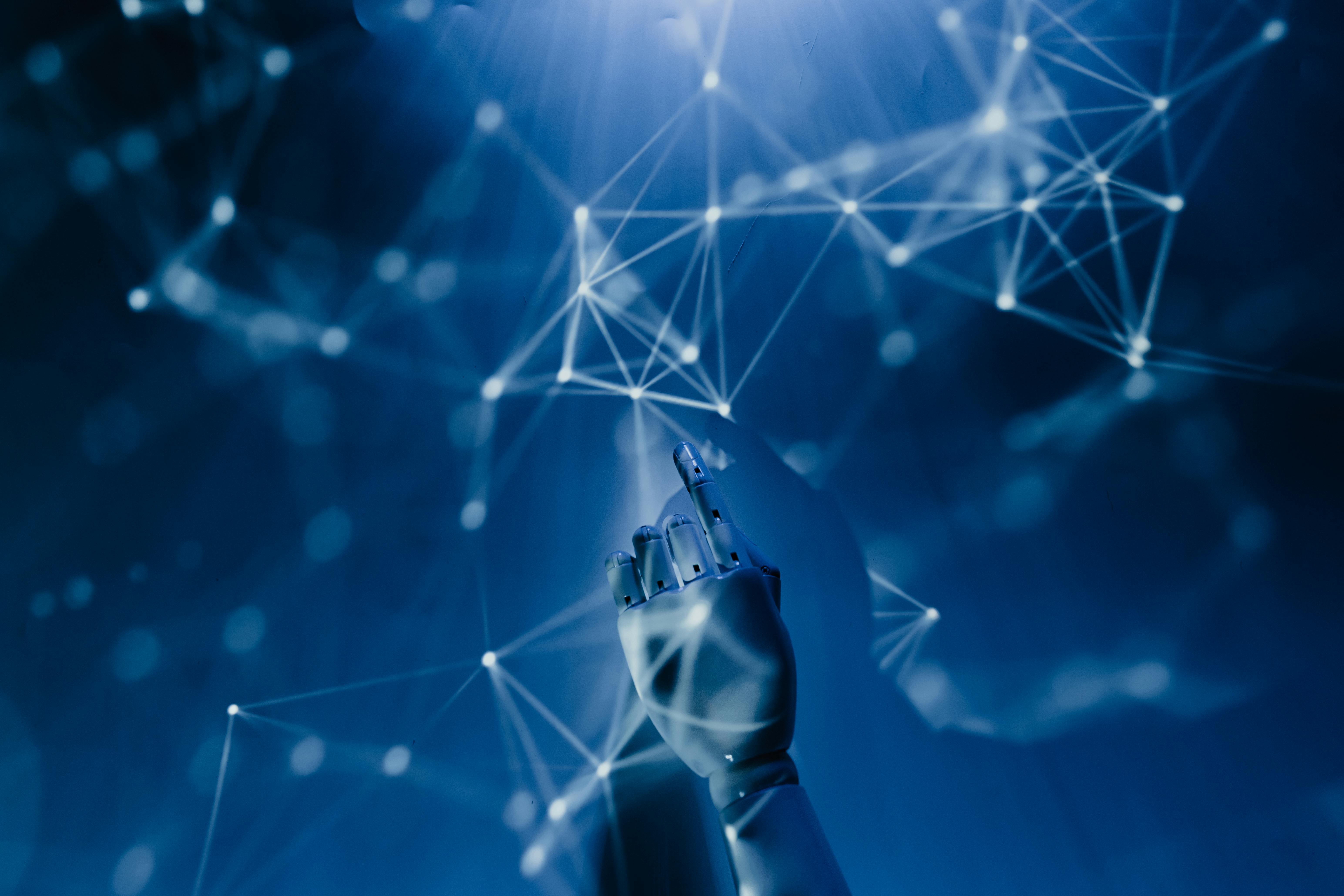AI vs. Human Creativity: Can Machines Truly Be Creative?
AI vs. Human Creativity: Can Machines Truly Be Creative?
AI vs. Human Creativity: Can Machines Truly Be Creative?
Explore the debate of AI vs. human creativity. Can machines truly be creative, or is creativity a uniquely human trait? Find out in this in-depth analysis.
Introduction: The Rise of Creative AI
Artificial Intelligence (AI) has made remarkable strides in recent years—from diagnosing diseases to composing music, generating art, and even writing poetry. But a critical question lingers:
Can machines truly be creative, or are they simply imitating what already exists?
This article dives deep into the complex intersection of AI and human creativity, examining whether machines are capable of genuine innovation or are merely advanced tools replicating human ideas.
What is Creativity?
Before evaluating AI's creative potential, it's essential to understand what creativity actually means.
Creativity is often defined as the ability to produce something original, meaningful, and valuable. It involves:
-
Imagination
-
Problem-solving
-
Innovation
-
Emotional intelligence
Traditionally, creativity is considered uniquely human, involving intuition, emotions, and cultural context.
How AI Mimics Creativity
AI doesn't "think" like humans. Instead, it uses algorithms trained on massive data sets. Here’s how AI simulates creativity:
1. Machine Learning & Deep Learning
AI models like GPT (language), DALL·E (art), and Jukebox (music) learn from existing human-created data and generate new combinations.
2. Pattern Recognition
AI identifies patterns in text, images, or music and uses those patterns to reproduce or remix new versions.
3. Generative Adversarial Networks (GANs)
GANs consist of two neural networks—the generator and the discriminator—that work together to create increasingly realistic outputs, from art to deepfakes.
Examples of AI-Driven Creativity
-
Art: AI programs like DeepDream and DALL·E 3 generate surreal artwork with stunning detail.
-
Music: AIVA and Amper Music compose original music for films and video games.
-
Writing: GPT-4 and similar models can write poetry, short stories, and blog articles.
-
Design: Tools like Canva AI and Runway ML assist designers in creating visuals in seconds.
AI vs. Human Creativity: Key Differences
| Feature | Human Creativity | AI-Driven Creativity |
|---|---|---|
| Emotions | Deeply emotional and intuitive | Emotionless and logic-based |
| Context Awareness | Understands culture, history, nuance | Lacks genuine contextual understanding |
| Originality | Creates from lived experiences | Recycles learned data |
| Self-Awareness | Conscious of self and audience | No self-awareness |
| Ethical Judgment | Can assess moral and cultural impact | Follows programmed rules |
Can Machines Be Truly Creative?
✅ YES — According to Some Experts:
-
AI can generate original content that humans find meaningful.
-
AI is helping to expand the definition of creativity by removing barriers.
-
In fields like architecture or fashion, AI can offer fresh, data-driven designs.
❌ NO — Critics Argue:
-
AI doesn’t understand what it creates—it lacks intent and purpose.
-
True creativity involves risk-taking, emotions, and personal experience—qualities AI does not possess.
-
AI outputs are derivatives of human-made data, not groundbreaking inventions.
AI as a Creative Partner
Rather than replacing human creators, AI is increasingly seen as a collaborator. Artists, writers, and musicians are using AI tools to:
-
Speed up workflows
-
Get inspired
-
Generate concepts
-
Explore new styles
This collaboration is often referred to as “augmented creativity.”
Risks and Ethical Concerns
With AI entering the creative space, new challenges arise:
-
Plagiarism & Copyright: Many AI tools are trained on copyrighted data without permission.
-
Job Displacement: Creative professionals fear losing opportunities to automation.
-
Authenticity Crisis: AI-generated deepfakes and synthetic media blur reality.
The Future of Creativity in the Age of AI
Here’s what we might expect:
-
New forms of hybrid art created jointly by humans and AI.
-
AI-generated scripts, novels, and films tailored to your preferences.
-
AI as a co-pilot, not a replacement, in classrooms, studios, and agencies.
But most importantly, human creativity remains at the center—curating, critiquing, and innovating beyond AI’s limitations.
Conclusion: Creativity is Evolving, Not Ending
So, can machines truly be creative?
Yes, but only in a limited, data-driven sense.
AI can imitate, remix, and generate astonishing results—but the soul of creativity still belongs to humans. The magic of lived experience, emotion, and intuition remains irreplaceable.
In the end, AI is not here to replace us—it’s here to empower us to create more, faster, and in ways we never imagined.
🔍 FAQs: AI vs. Human Creativity
Q1. Can AI create art without human input?
AI can generate art using prompts, but it lacks true understanding or emotion behind it.
Q2. Will AI replace human artists and writers?
Not likely. AI is best used as a tool to support and enhance human creativity, not replace it.
Q3. What’s the best AI tool for creative work?
Popular ones include DALL·E, Canva AI, Runway ML, and GPT-4.



Comments
Post a Comment